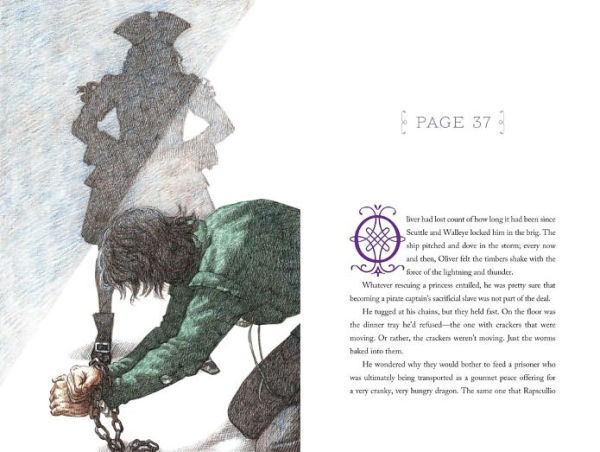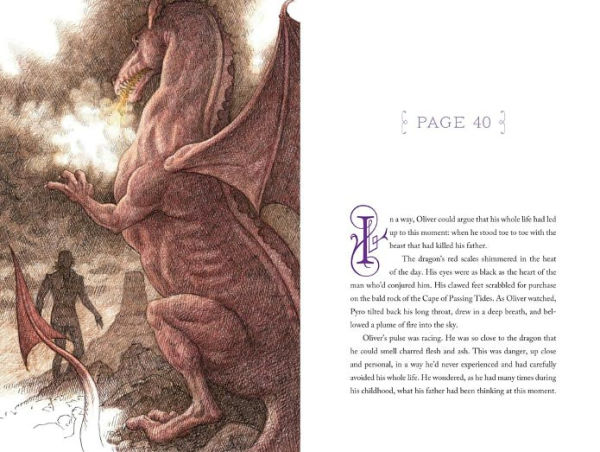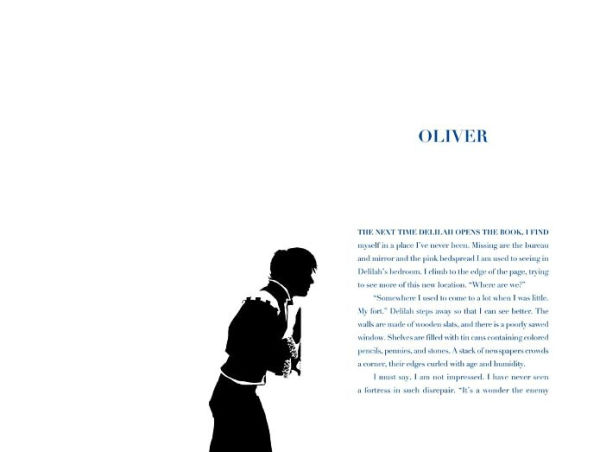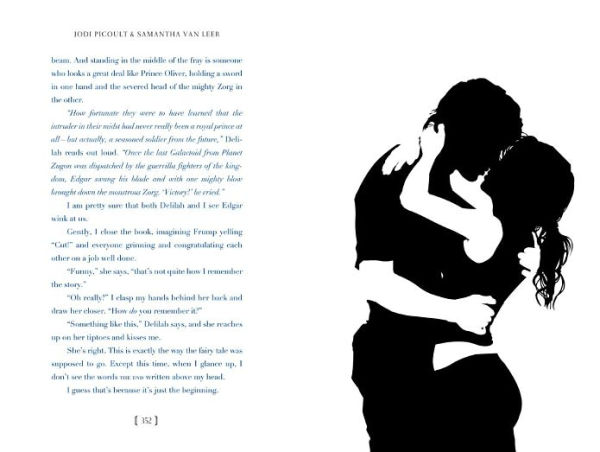This month’s most exciting teen books include dishy love stories, sequels we’ve been dying to get our hands on, and an edgy subculture mystery you’ll want to read in one go.
New York Times bestselling author Jodi Picoult and her teenage daughter present their first-ever novel for teens, filled with romance, adventure, and humor.
What happens when happily ever after…isn’t?
Delilah is a bit of a loner who prefers spending her time in the school library with her head in a book—one book in particular. Between the Lines may be a fairy tale, but it feels real. Prince Oliver is brave, adventurous, and loving. He really speaks to Delilah.
And then one day Oliver actually speaks to her. Turns out, Oliver is more than a one-dimensional storybook prince. He’s a restless teen who feels trapped by his literary existence and hates that his entire life is predetermined. He’s sure there’s more for him out there in the real world, and Delilah might just be his key to freedom.
Delilah and Oliver work together to attempt to get Oliver out of his book, a challenging task that forces them to examine their perceptions of fate, the world, and their places in it. And as their attraction to each other grows along the way, a romance blossoms that is anything but a fairy tale.
New York Times bestselling author Jodi Picoult and her teenage daughter present their first-ever novel for teens, filled with romance, adventure, and humor.
What happens when happily ever after…isn’t?
Delilah is a bit of a loner who prefers spending her time in the school library with her head in a book—one book in particular. Between the Lines may be a fairy tale, but it feels real. Prince Oliver is brave, adventurous, and loving. He really speaks to Delilah.
And then one day Oliver actually speaks to her. Turns out, Oliver is more than a one-dimensional storybook prince. He’s a restless teen who feels trapped by his literary existence and hates that his entire life is predetermined. He’s sure there’s more for him out there in the real world, and Delilah might just be his key to freedom.
Delilah and Oliver work together to attempt to get Oliver out of his book, a challenging task that forces them to examine their perceptions of fate, the world, and their places in it. And as their attraction to each other grows along the way, a romance blossoms that is anything but a fairy tale.

Between the Lines
368
Between the Lines
368Hardcover

Product Details
| ISBN-13: | 9781451635751 |
|---|---|
| Publisher: | EMILY BESTLER BOOKS/ATRIA/SIMON PULSE |
| Publication date: | 06/26/2012 |
| Pages: | 368 |
| Sales rank: | 112,810 |
| Product dimensions: | 6.46(w) x 9.10(h) x 1.31(d) |
| Lexile: | 770L (what's this?) |
| Age Range: | 12 - 17 Years |
About the Author

What People are Saying About This
Customer Reviews
Explore More Items
The eighth book in the #1 New York Times bestselling series that inspired the hit ABC Family TV show Pretty Little Liars.
Hanna, Aria, Spencer, and Emily have been
The eleventh book in the #1 New York Times bestselling series that inspired the hit ABC Family TV show Pretty Little Liars.
Emily’s reconnecting with an old
The fourteenth book in the #1 New York Times bestselling series that inspired the hit ABC Family TV show Pretty Little Liars.
High school seniors Aria, Emily,
It's finally summer in Rosewood, Pennsylvania, which means afternoons at the pool, high school graduation—and the end of the scandal that has rocked the town for years. Or so everyone thinks.
From the #1 New York Times bestselling author of Small Great Things and A Spark of Light comes a riveting novel about the choices that alter the course of our lives.
Everything changes in a single
It’s Tiny Cooper’s turn in the spotlight in this companion novel to New York Times bestseller Will Grayson, Will Grayson.
Jazz hands at the ready! Tiny Cooper (“the
A resentful member of a high school Quiz Bowl team with an

















